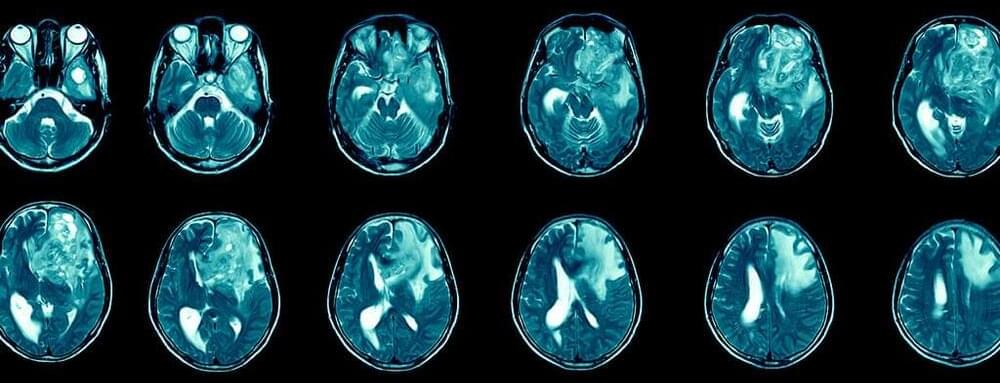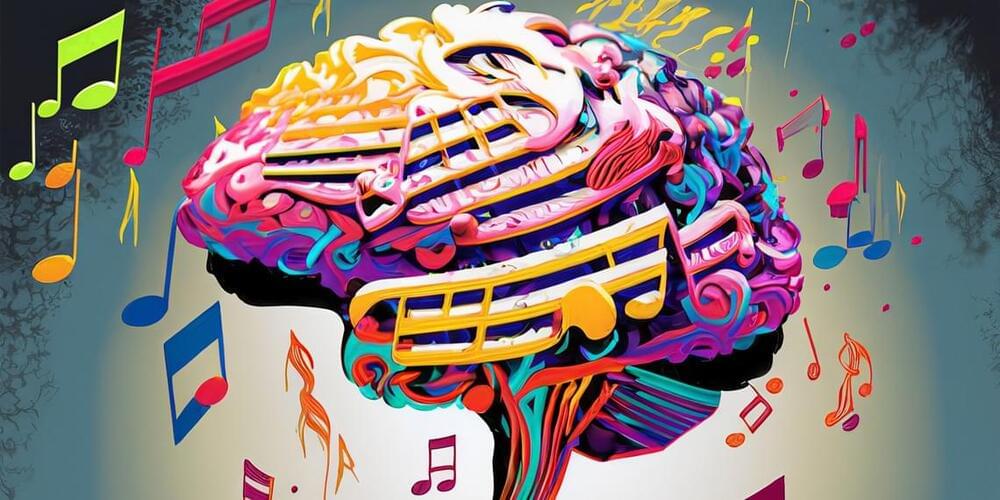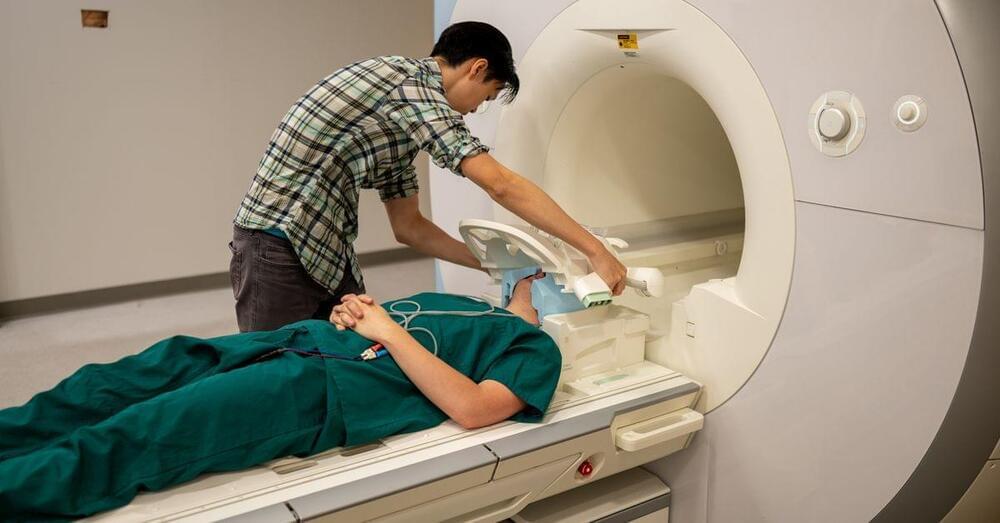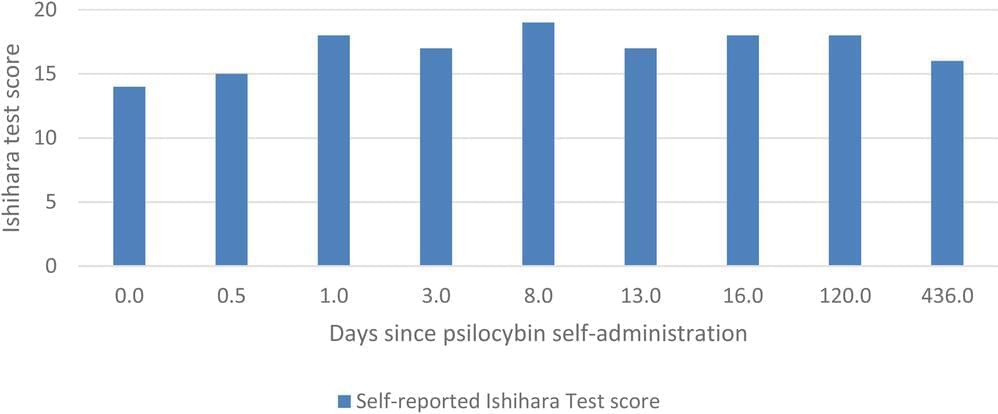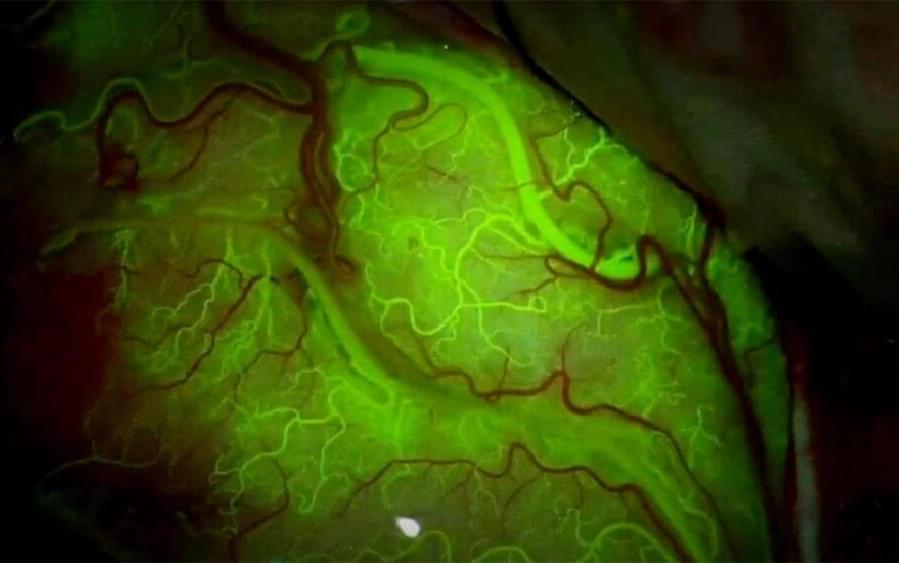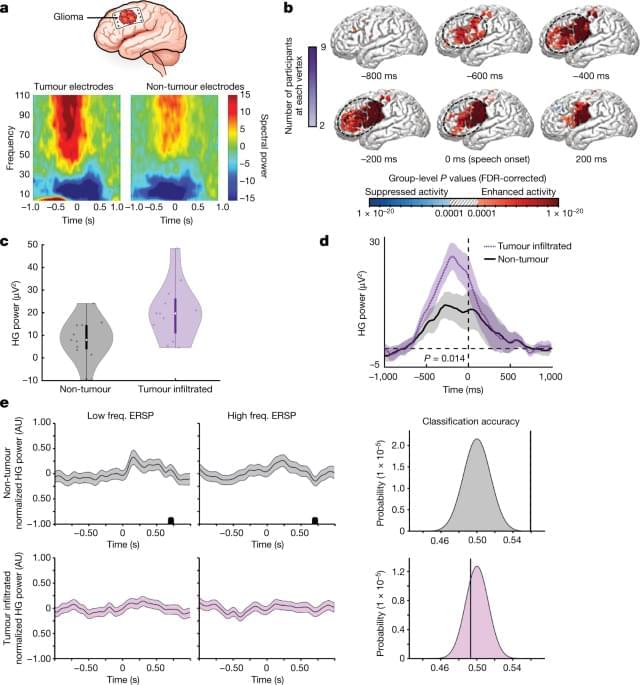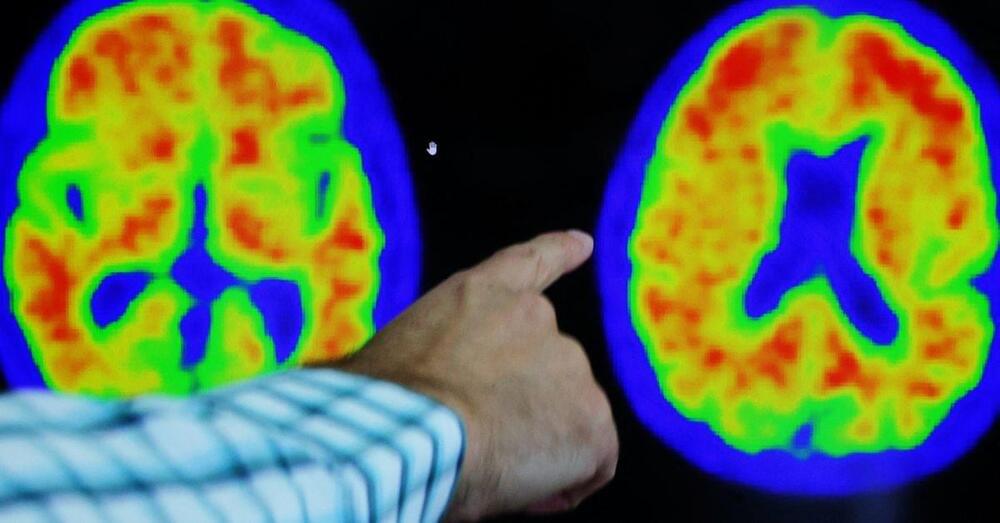May 6, 2023
A Newly Developed Hydrogel Can Wipe Out Brain Cancer in Mice
Posted by Genevieve Klien in categories: biotech/medical, neuroscience
Glioblastoma is one of the most common and aggressive forms of brain cancer, and it’s one of the hardest to treat. There may be good news on the horizon, however.
A newly developed hydrogel, tested on mice, cleaned up traces of glioblastoma tumors and stopped them from returning. The hydrogel was so effective that there was a “striking” 100 percent survival rate in the animals.
Continue reading “A Newly Developed Hydrogel Can Wipe Out Brain Cancer in Mice” »
